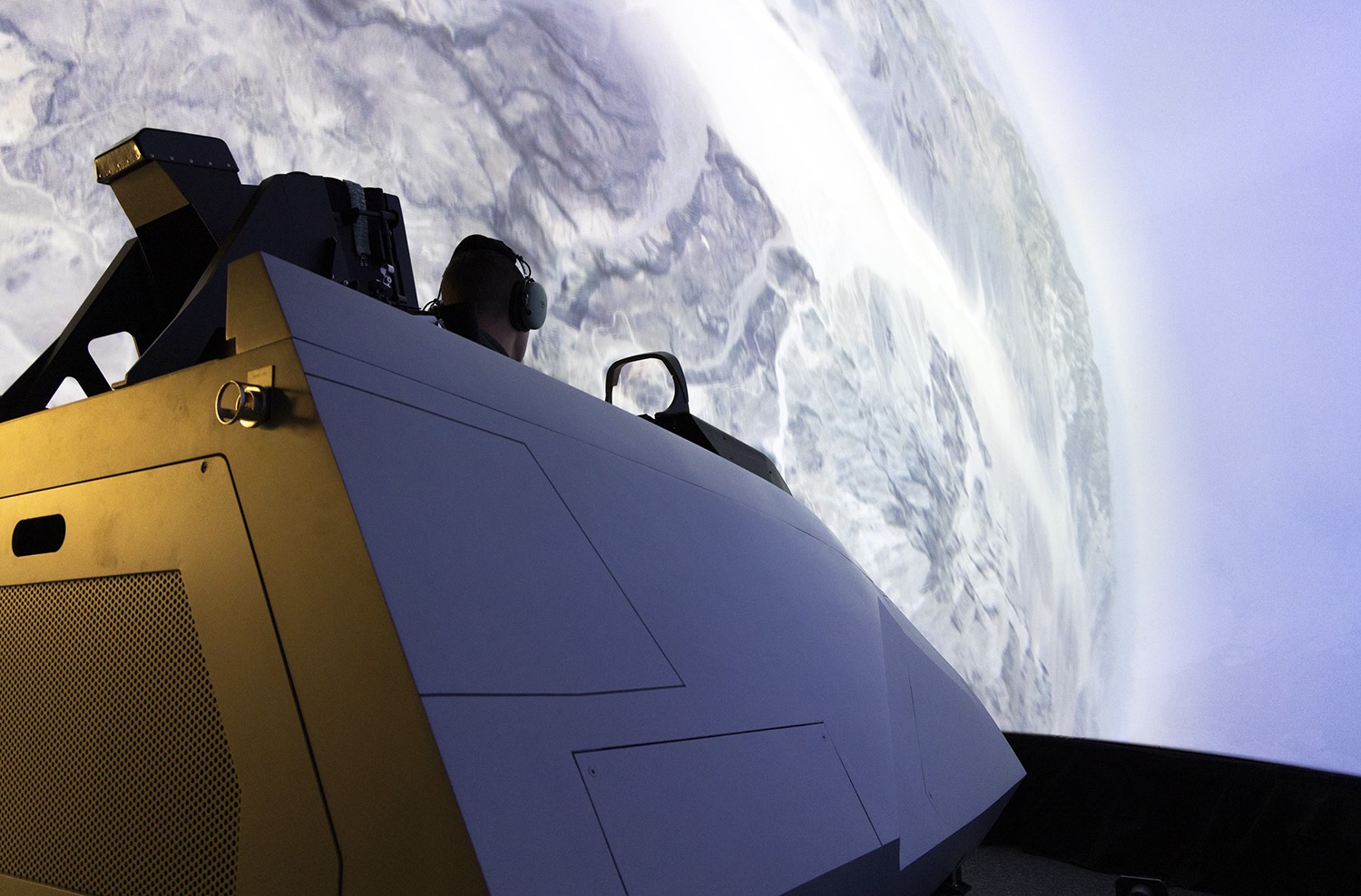
NAWCAD Brings Hyper-Realistic Flight Test and Training Simulators to Navy, Air Force
A pilot sits in an F-35 Lightning II Joint Strike Fighter cockpit, scanning for cruise missiles fired by an adversary.…
Copyright 2024 U.S. Naval Institute. All Rights Reserved.